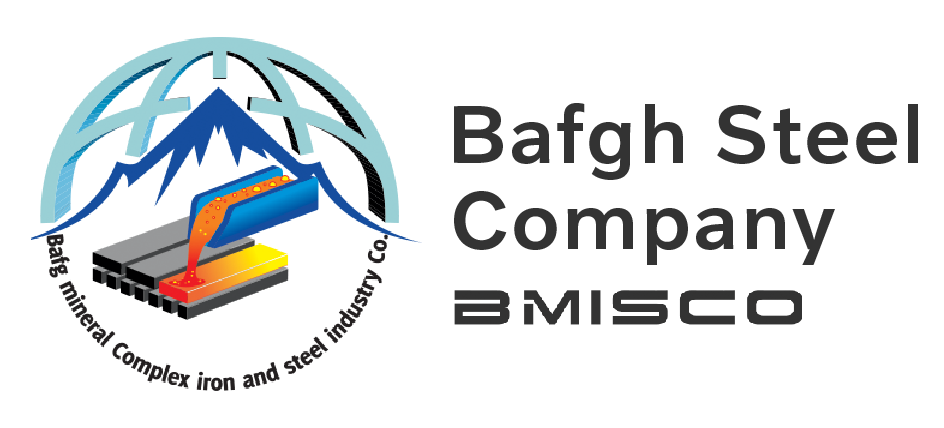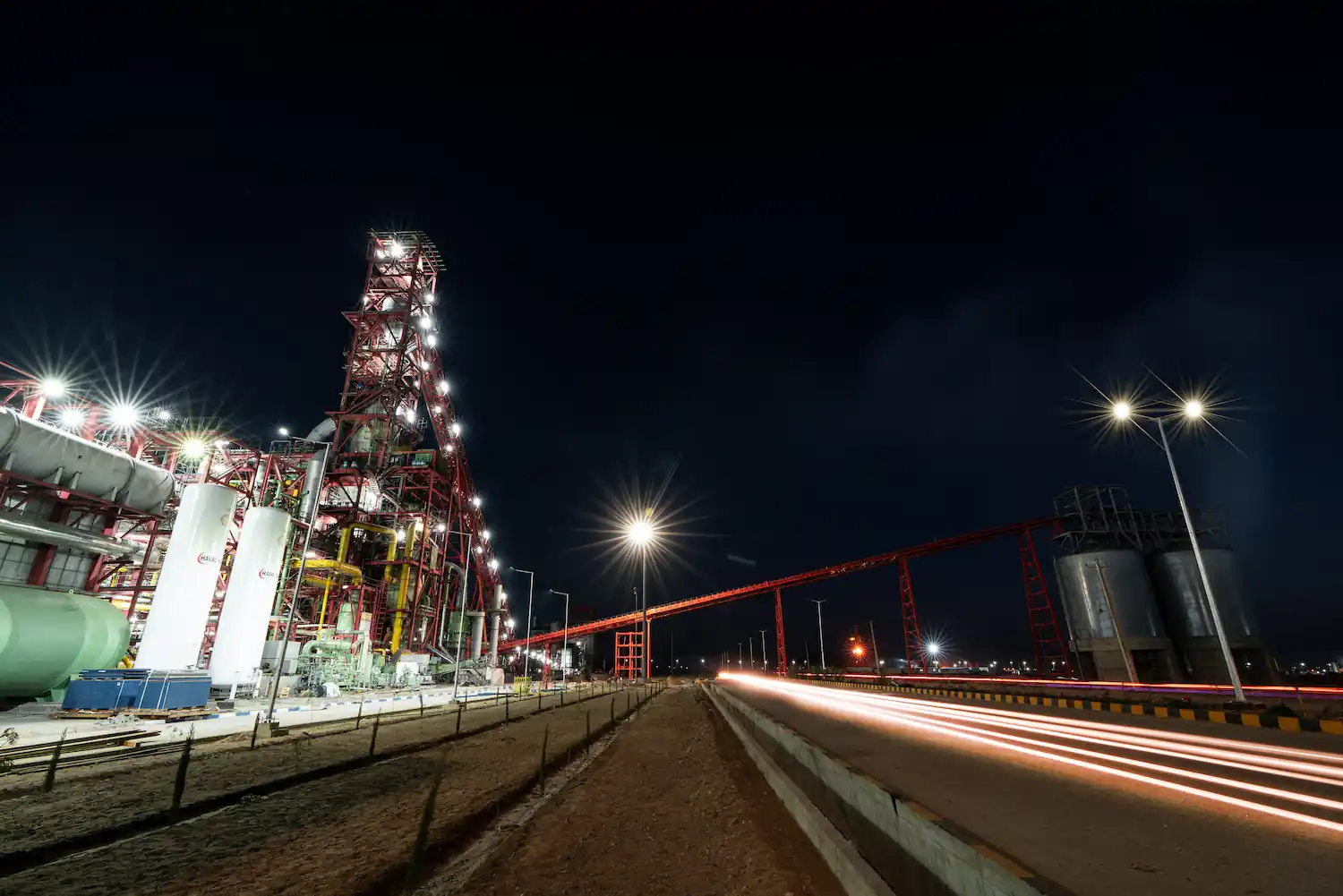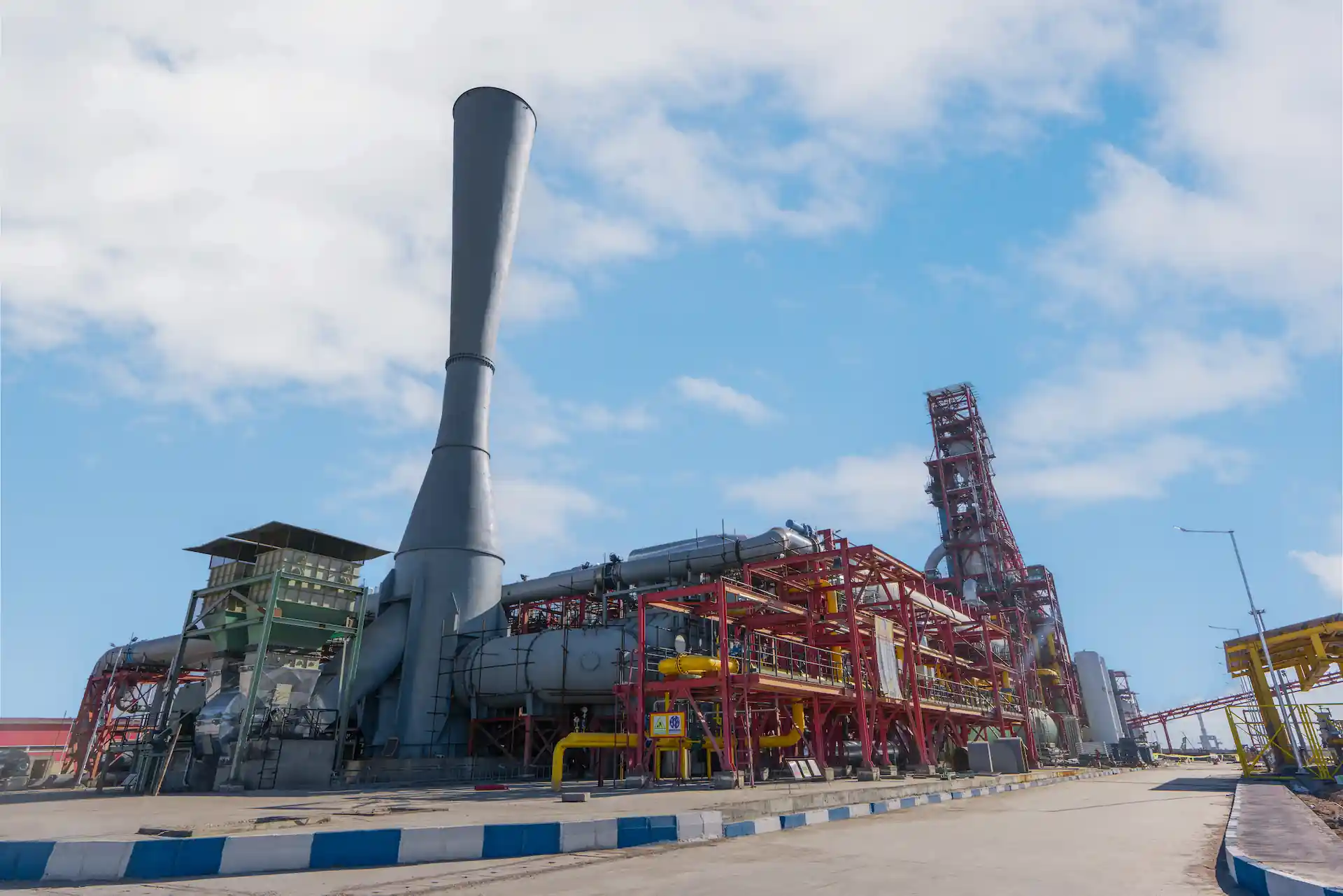Another Step Towards Independence
Another significant step taken by Bafgh Steel is the inauguration of the Bafgh Steel Direct Reduction Unit. The goal of establishing Bafgh Steel Direct Reduction Unit is to supply the necessary sponge iron for the steelmaking and casting unit of the complex and to eliminate the direct sale of iron ore pellets from the province. This unit has an annual production capacity of 800 thousand tons of sponge iron using the MIDREX® method.
The Necessity of Establishing the Direct Reduction Unit
Direct reduction is a chemical reaction that occurs between carbon monoxide and the oxygen present in iron oxide, resulting in the production of iron, which will later be used in the Complex’s Steelmaking Unit. Therefore, the reduction unit is an intermediate step in the steel production process that holds special importance. In this unit, sponge iron is produced from iron ore pellets generated in the pelletizing unit, utilizing the MIDREX® method. Subsequently, the produced iron will be transported to the steelmaking unit of the complex to be charged into the electric arc furnaces.
In the establishment of this company’s reduction unit, the latest technologies from around the world have been employed. This ensures not only efficient increased production and reduced production side costs but also minimizes our environmental footprint, resulting in minimal pollution.






